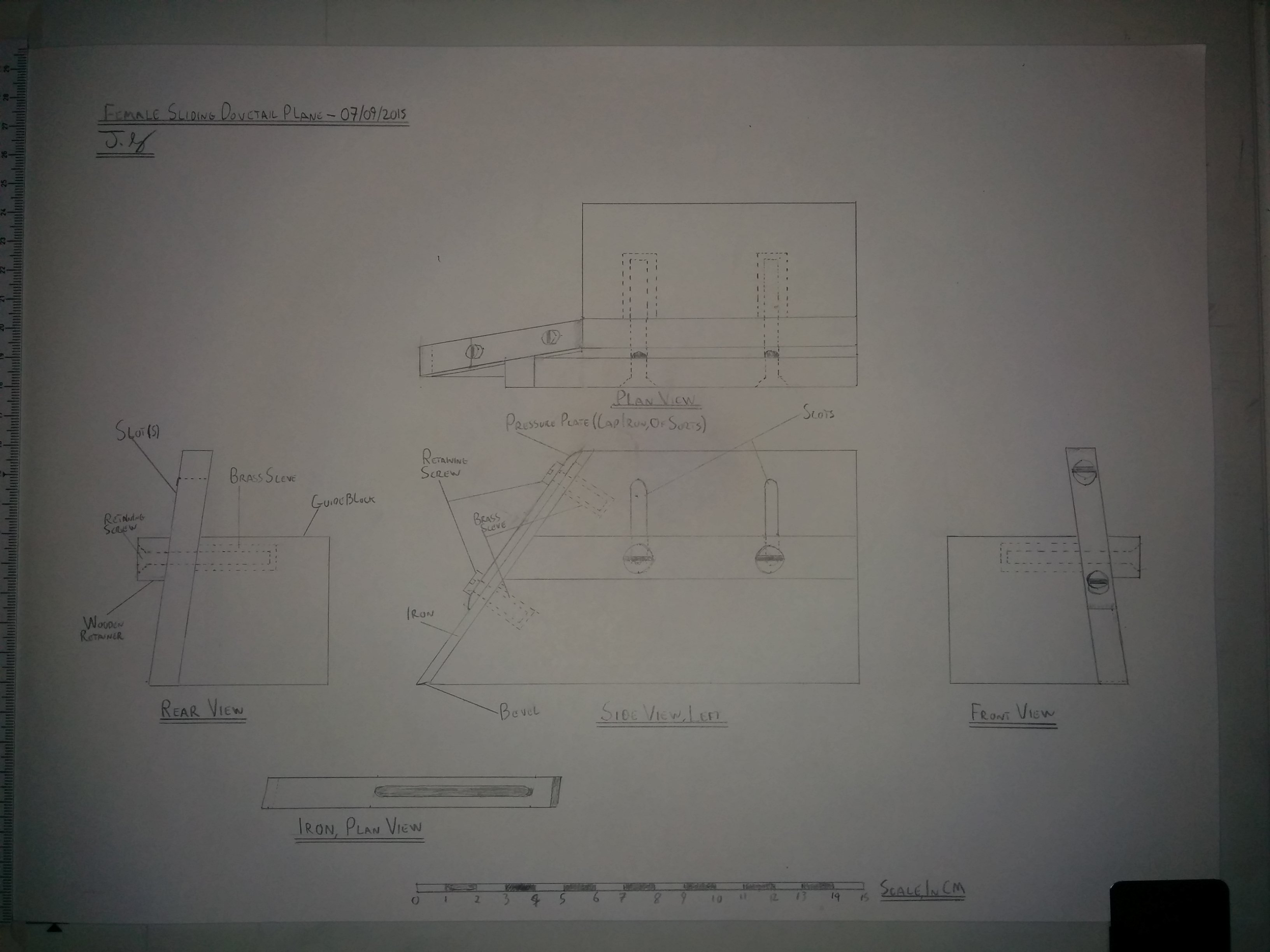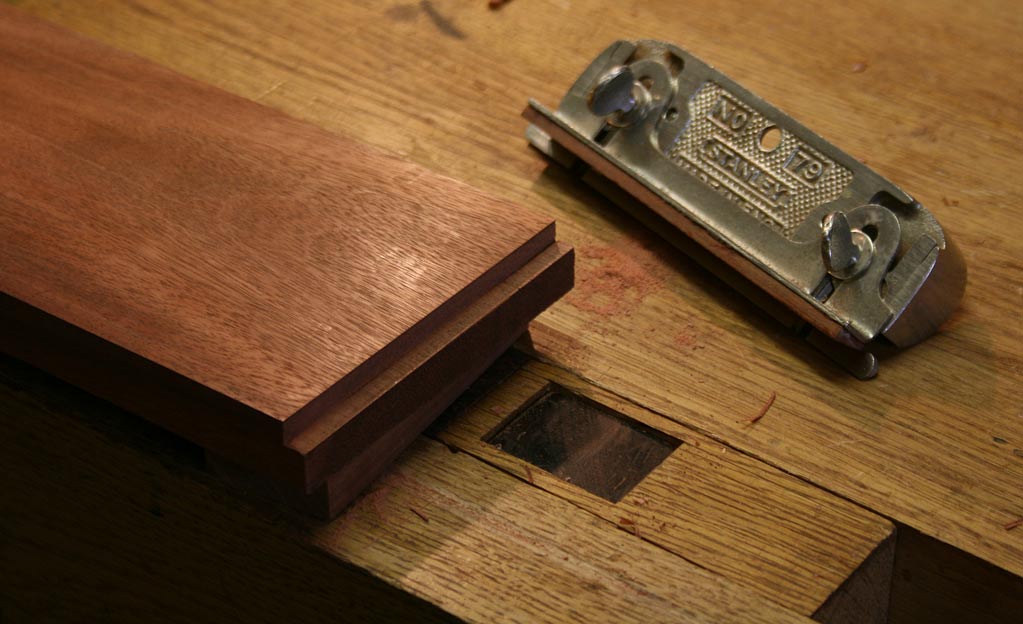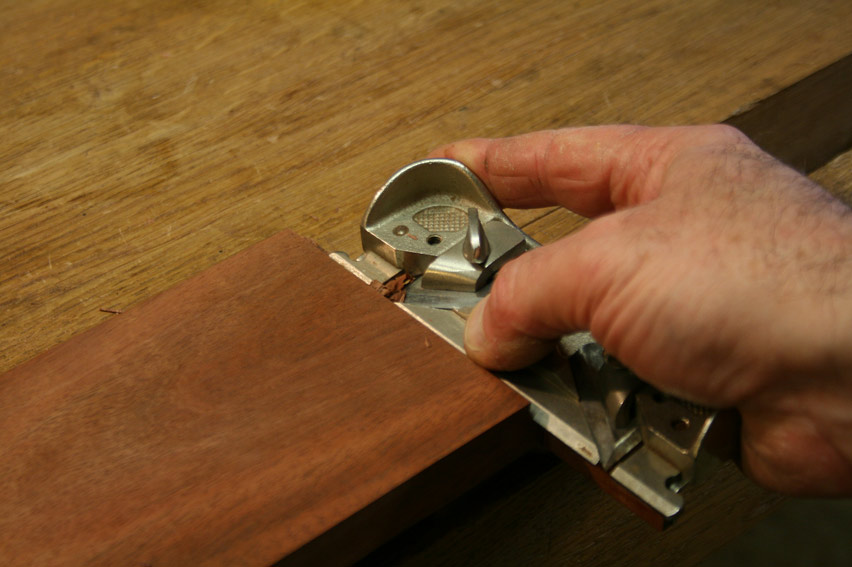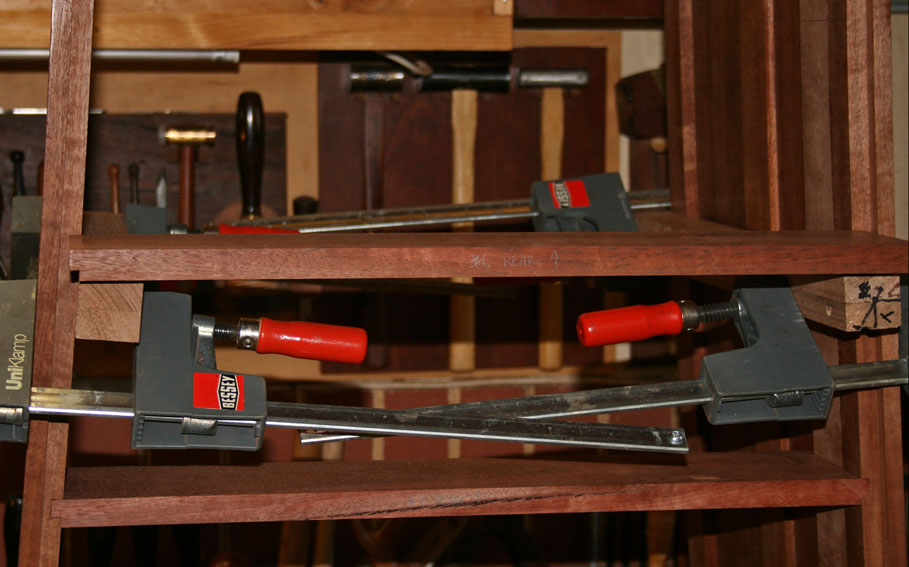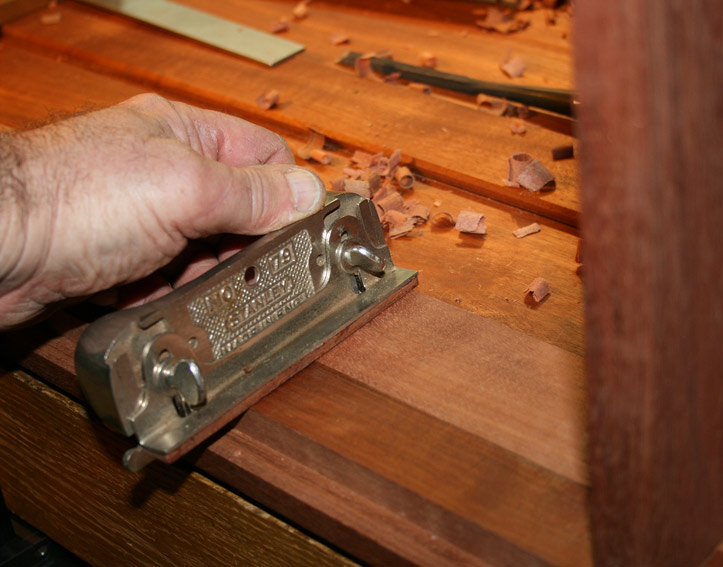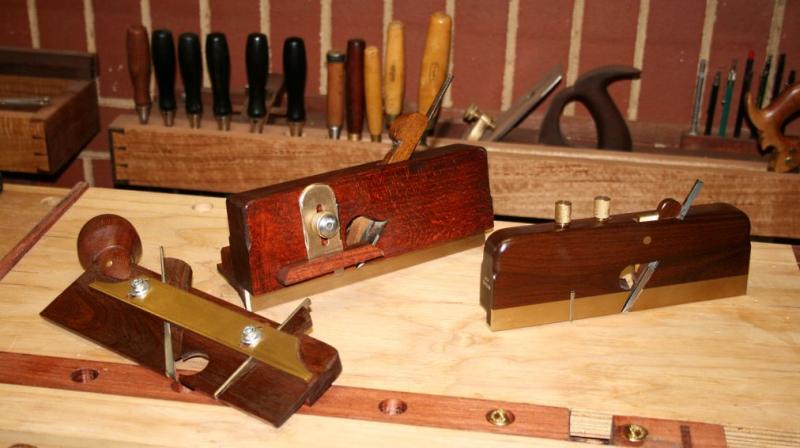I made a stepladder a few years ago, from some old floorboards. It was a quick job and I wasn't too concerned about making it look pretty so I chose to do some experiments in construction.
I cut all the housings for the treads with a wooden dado/housing plane, ie cutting them square, to a pre-set depth.
I then held a wooden side rebate plane at what felt like a suitable angle and made the same number of strokes along either side of each housing. (It was probably only two or three strokes each side.)
To make the matching tail-shaped ends on the treads I knifed a line across at the right distance from each end and planed down with an old wooden rebate plane which a previous owner had modified to have an angled base.
This all worked fine, and the step ladder is still in use.
That said, it was in softwood, so there was more margin for error and indeed I wanted some crushing of the fibres to make tight joints. This was not a display piece in hard brittle exotic wood, but it is an example of the method described by Billiphuster.
However, if you want a commercially made plane to cut both sides of a dovetail joint, there are two historic commercially made options.
The best known is probably the
Stanley 444, which is well known for being rare, expensive and seldom showing any sign of actual use.
But as this is UKW, let's hear it for the Howkins Plane, a short-lived and obscure offering which popped up briefly in the 1930s. These pictures are from the original instruction leaflet, showing how it too could be used to cut both sections of a sliding dovetailed joint.
This picture shows one of the planes and the range of work it could do
and this one shows the set up for dovetailing
Another point to bear in mind is that the use of the long sliding dovetail seems to have been better established in Germany than in Britain, so there are more specialised tools available there. For anyone wanting to read more, or review how ingenious makers of times past solved the problems of planing dovetails, I recommend
TATHS Journal No 2 which contains a pair of interesting and well researched articles on the subject. You can download it as a pdf from this page:
http://www.taths.org.uk/tools-and-trades/downloads.


































